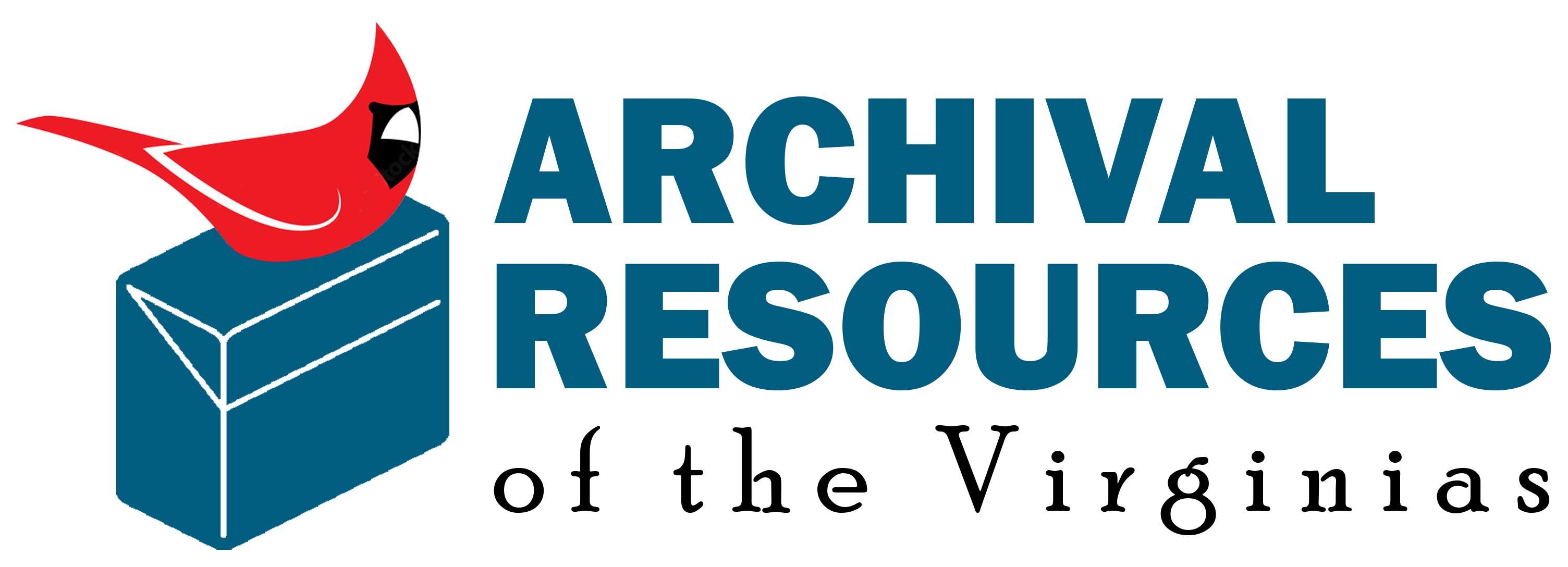A Guide to the Papers of James Minor 1801-1817
A Collection in
The Special Collections Department
Accession Number 1214
![[logo]](http://ead.lib.virginia.edu/vivaead/logos/uva-sc.jpg)
Special Collections Department, University of Virginia Library
Albert and Shirley Small Special Collections LibraryUniversity of Virginia
Charlottesville, Virginia 22904-4110
USA
Phone: (434) 243-1776
Fax: (434) 924-4968
Reference Request Form: https://small.lib.virginia.edu/reference-request/
URL: http://small.library.virginia.edu/
© 2002 By the Rector and Visitors of the University of Virginia. All rights reserved.
Funding: Web version of the finding aid funded in part by a grant from the National Endowment for the Humanities.
Processed by: Special Collections Department
Administrative Information
Access Restrictions
There are no restrictions.
Use Restrictions
See the University of Virginia Library’s use policy.
Preferred Citation
Papers of James Minor, Accession #1214, Special Collections Dept., University of Virginia Library, Charlottesville, Va.
Acquisition Information
This collection was loaned to the Library by Lucy Temple Latane of Baltimore, Maryland on September 1, 1941.
Scope and Content Information
This collection of 81 items, 1801-1817, consists chiefly of correspondence written while James Minor (1785-1828), of Sunning Hill, Louisa County, was pursuing his medical education, as an assistant to Dr. [James] Carmichael in Fredericksburg, 1803-1805, and as a student at the Medical School of the University of Pennsylvania, 1805-1807. Besides Minor, correspondence include James Alexander, Robert Briggs, John Lewis (ca. 1750- ), Robert Miller, his brothers Garritt and Peter (1783-1827), John Quarles, George Watson (1784-1853), J. Shelton Watson, and W. Wilson, Jr.
The letters are often concerned with the pursuit of a medical education. Correspondents from the University of Pennsylvania includes Minor, his nephew Pryor Quarles, and George Watson. In a December 14, 1810 letter, Pryor Quarles writes to Minor about life as a medical student at the latter's alma mater. During 1803-1804, George Watson gives advice on learning anatomy, and writes about Dr. Benjamin Rush's lectures and beliefs on being a physician (December 11, 1803); writes about his plans for the winter session, mentioning professors Benjamin Rush (1746-1813), William Shippen (1736-1808), and Caspar Wistar (1761-1818), and discusses Rush's lecture on the means used by physicians to get themselves into business (November 9, 1804); and, writes concerning "Dr. Rush's opinion, about the prepatory studies of young men, who mean to become physicians" (December 13, 1804). While a student there, James Minor's letters to his brother, Peter, concern George Watson's unfavorable account of the University of Edinburgh and discusses the pursuit of truth in the study of medicine (January 9, 1806); and includes a discussion of Dr. Rush's "Unity of Disease" vs. Dr. [William] (1712-1790) Cullen's "Nosology" (January 14, 1807). There are also letters from medical students at the University of Edinburgh in Scotland. In his letters of October 18, 1806 and January 30, 1807, James Alexander expresses his disappointment in the school and relates the deficiences in the anatomy curriculum. In a letter of April 28, 1806, George Watson also expresses his disappointment in the lectures, and writes about his studies in chemical and anatomical courses. Another interesting letter, April 27, 1805, from James Minor in Fredericksburg, concerns his having to devote time to the apothecary business and describes a surgical operation and the laboratory results performed by Drs. Daniel, Carmichael, and Carter. Many of the other correspondents write concerning the medical universities, systems of anatomy, and Dr. Rush and other professors, apparently in answer to James Minor's letters from Philadelphia.
Other letters of interest include: a letter on August 9, 1806, from Robert Miller in Williamsburg, concerning George Watson's correspondence comparing qualifications of Philadelphia and Edinburgh professors and the encouragement of freedom of thought at the University of Pennsylvania,and mentioning the manuscript notes on "Rush's Theory of the functions of the Spleen, Liver, & Pancreas," which are also included; and, a letter on October 21, 1810, from John Lewis in Nashville, Tennessee during his move to Kentucky, describing the land west of the Allegheny in great detail.
